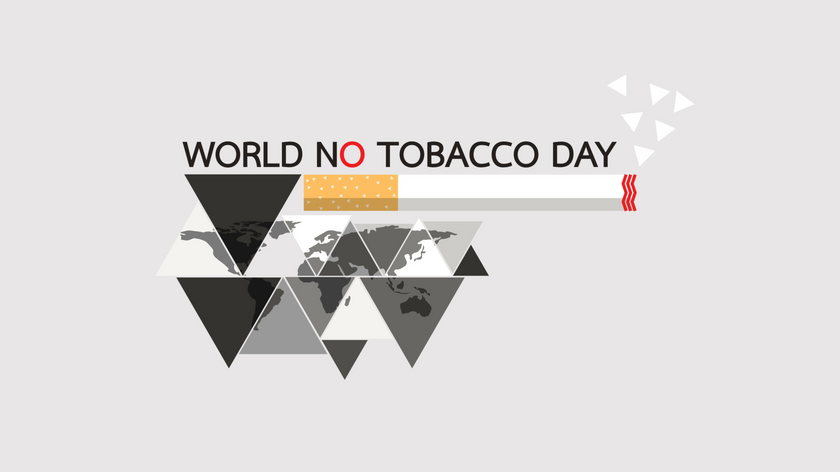Today is World No Tobacco Day, an annual initiative organized by the World Health Organization to highlight the health and other risks associated with tobacco use, and advocate for effective policies to reduce tobacco consumption.
While the goal is to make every day a no-tobacco day, there’s much work to be done to eradicate this global epidemic. As part of our commitment to help people stop smoking and ensure the Vitality program uses the latest behavioral science strategies paired with the right incentives, science and technology to help people achieve optimal health, we recently conducted research with the University of Pennsylvania.
Published last week in The New England Journal of Medicine, the study found that monetary incentives are stronger than other aids such as patches, gum or e-cigarettes in helping people to quit.
The research looked at 6,000 participants across 54 US-based companies and was led by researchers at the Perelman School of Medicine at the University of Pennsylvania and Vitality Group. This offered the first large-scale evidence that providing e-cigarettes to smokers is ineffective in helping them to quit. The bigger behavioral impact came from those who received money for quitting smoking. This study stands apart from other smoking cessation studies in that it was aimed at smokers in the workplace at large rather than simply those who had indicated an interest in quitting.
“Helping people quit smoking is extraordinarily difficult,” said Christine Brophy, Director of Research and Development for Vitality Group and a study author. “The impact of e-cigarettes, patches and gums as smoking cessation tools in the workplace had not previously been tested, and we wanted to confirm that our focus on properly implemented incentives was effective in improving health behaviors.”
The study found the quit rates for the redeemable deposits group were five times higher than for those who received free cessation aids or free e-cigarettes, and the quit rate for the rewards group was 3.5 times more effective than offering free smoking cessation tools.
“Smoking remains the leading cause of preventable deaths in the United States, and smokers cost employers an average of $3,000 to $6,000 more per year than non-smokers,” said lead author Scott D. Halpern, MD, PhD, an associate professor of Medicine, Epidemiology at the Perelman School of Medicine at the University of Pennsylvania, and a member of the Steering Committee of the Penn Center for Health Incentives and Behavioral Economics. “Finding interventions that appeal to smokers is key. This study found even among smokers who are not cherry picked based on their motivation to quit, financial incentives still triple quit rates, whereas offering free conventional cessation aids or free e-cigarettes accomplishes very little.”
As we learn more about the interventions that are most effective in helping people make healthier choices, we are doing our part to help the World Health Organization get closer to realizing their goal of a tobacco-free world.







